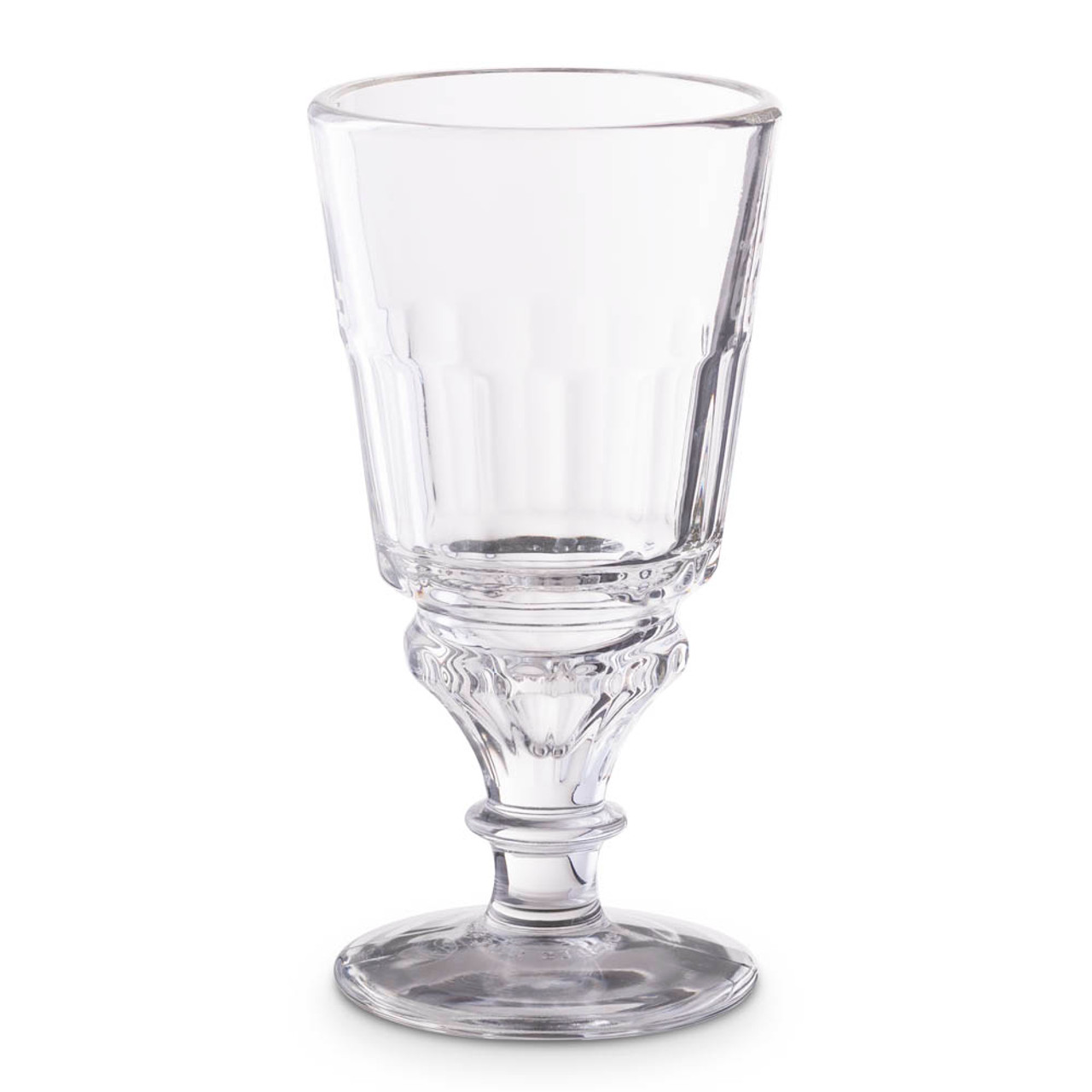

#Absynth glass full
Sit your glass under the absinthe fountain, or under a slow flow of a carafe full of ice-cold water. Place your absinthe spoon over the glass of absinthe with a sugar cube on it. Once you have what you need, the next steps of serving it are pretty simple. However, you can definitely get away with a carafe of water as well.įor serving absinthe, you will need - a fine bottle of absinthe, glass, an absinthe spoon, sugar, and cold-ice water. The traditional way of drinking absinthe is by diluting it, and there’s no other over-the-top way of diluting absinthe other than an absinthe fountain. Serving absinthe is not as complicated as you might think it is. Both those methods strip the actual flavour of the spirit, and well, are also dangerous. Absinthe isn’t supposed to be lit on fire, neither is it supposed to be had as a straight shot. There are those who do it the traditional way, those who go retro with a bit of fire, and then there are those daredevils who have the strength to down an absinthe shot.Īn interesting fact about the green goddess is that it’s usually served wrong a lot of times. However, there’s always been a little bit of confusion regarding how absinthe is served and drank. Absinthe has a distinct flavour, such that even a splash of it makes its existence in a cocktail quite prominent. The strong flavour of anise, along with herbs like coriander, fennel, hyssop, and melissa create a blend that is both satisfying, and gives a rush to the drinker. The production and sale of absinthe subsequently became legal in many countries, fueling a modern revival in absinthe consumption.Absinthe is truly one of the most complex, yet beautiful spirits out there. The psychological symptoms attributed to the liquor were later thought to be caused by thujone, a toxic chemical present in wormwood that conjecture was disproved in the late 1990s. Whether absinthe has hallucinogenic effects remains unclear. In 1918 Pernod Fils established a factory in Tarragona, Spain, to manufacture both absinthe and a similar beverage, without wormwood, for export to those countries prohibiting true absinthe. Absinthe manufacture was prohibited in Switzerland in 1908, in France in 1915, and eventually in many other countries. The beverage was first produced commercially in 1797 by Henry-Louis Pernod, who used a recipe purchased by his father-in-law, Major Dubied.Ībsinthe came to be considered dangerous to health because it appeared to cause convulsions, hallucinations, mental deterioration, and psychoses. The flowers and leaves of wormwood ( Artemisia absinthium) are the chief flavouring ingredients other aromatic ingredients include licorice (which usually predominates in the aroma), hyssop, fennel, angelica root, aniseed, and star aniseed.

Absinthe is made from a spirit high in alcohol, such as brandy, and typically is marketed with alcoholic content of 68 percent by volume. Highly aromatic, this liqueur is dry and somewhat bitter in taste. SpaceNext50 Britannica presents SpaceNext50, From the race to the Moon to space stewardship, we explore a wide range of subjects that feed our curiosity about space!Ībsinthe, flavoured distilled liquor, yellowish green in colour, turning to cloudy opalescent white when mixed with water.Learn about the major environmental problems facing our planet and what can be done about them! Saving Earth Britannica Presents Earth’s To-Do List for the 21st Century.Britannica Beyond We’ve created a new place where questions are at the center of learning.100 Women Britannica celebrates the centennial of the Nineteenth Amendment, highlighting suffragists and history-making politicians.


#Absynth glass how to


 0 kommentar(er)
0 kommentar(er)
